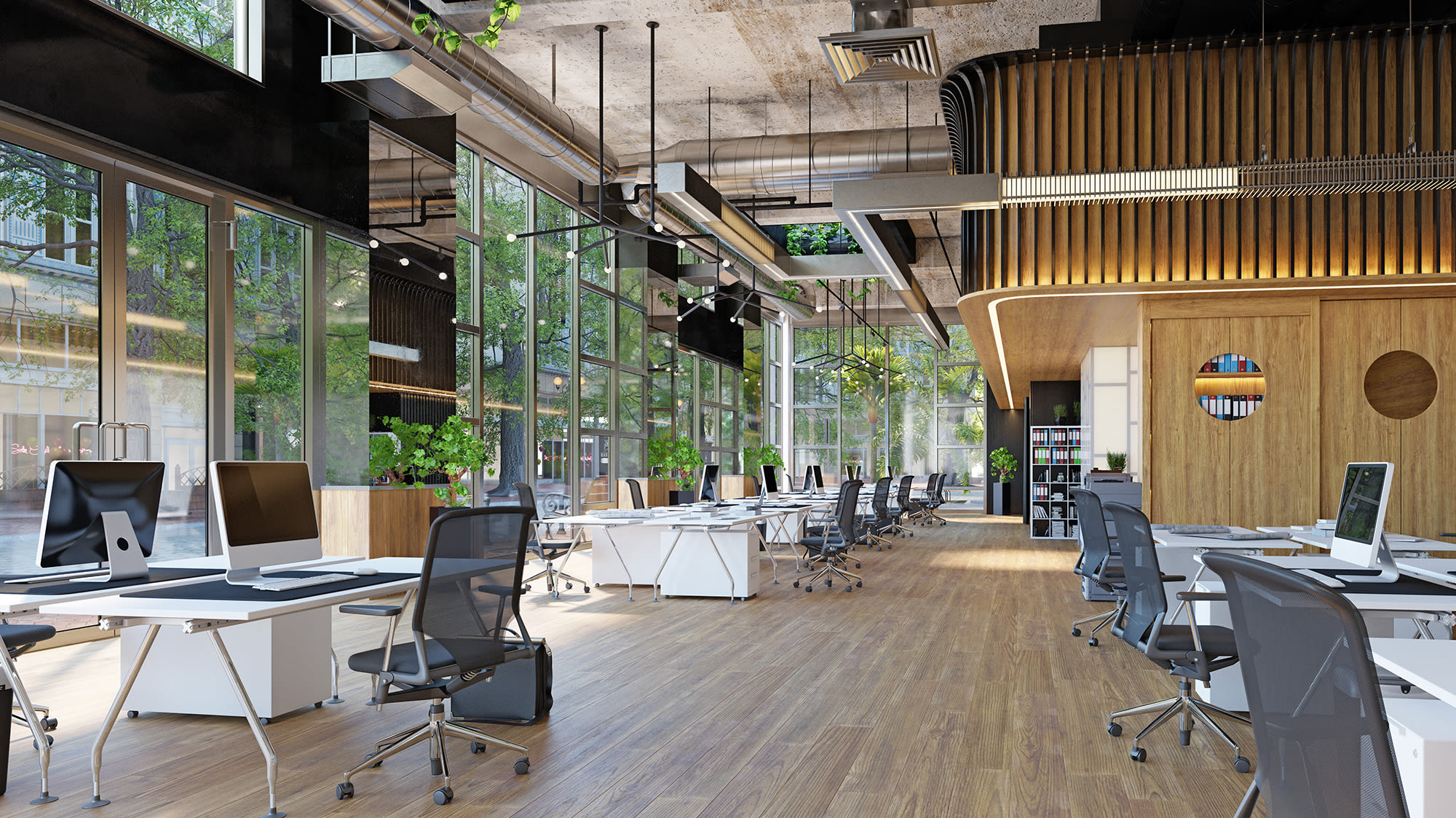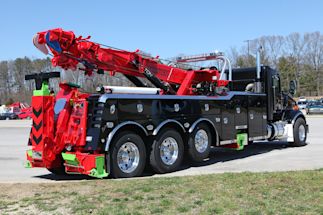Businesses need equipment to make money — this holds true even during times of economic volatility and recession. The Equipment Leasing & Finance Association (ELFA) shows that nearly 80% of businesses finance equipment acquisitions each year, including equipment like computers, office furniture, work vehicles, and equipment for manufacturing and construction.
As a result, I hear this question quite often: Is it better to finance equipment or to pay cash? And what type of equipment financing should I use? There is no one-size-fits-all answer, but here are some benefits of equipment financing that might help make this decision easier for your organization.
Your ultimate decision regarding financing equipment includes many variables best discussed with an experienced, relationship-focused equipment finance expert. The best way to finance equipment might vary depending on your industry, how quickly the equipment needs to be replaced, and your current business outlook and financial situation. In fact, the benefits of equipment financing for your business may change based on certain dynamics or business cycles.
Given the high prices for equipment and rising interest rates, which don’t seem to be headed lower any time soon, selecting the right equipment financing strategy for your business is more important than ever.
Cash Purchase, Loans, And Lease Equipment Financing
There are generally a few options to obtain equipment: cash purchase, equipment loans, and equipment leases.
While interest rates aren’t near what they were in the 80s, rising equipment financing rates mean that buying equipment outright with cash might be your best option if your business has enough cash on hand. However, this might not be the best use of your cash as equipment is expensive and often depreciates rapidly.
Using a loan or choosing lease equipment financing for equipment acquisition typically benefits your business when you plan to keep the equipment for longer than an operating lease would normally last. Often, this works best when you’re acquiring equipment you don’t expect to rapidly become outdated or obsolete.
An operating lease may make the best sense when you plan to replace or upgrade the equipment frequently and need flexibility. As an example, your business might lease a fleet of vehicles or laptops that you plan to replace in two years when you can take advantage of better gas mileage or more memory. A shorter lease here benefits your business to reduce your overall costs to replace the equipment.
Advantages Of Loans and Lease Equipment Financing
Let’s take a closer look at benefits of equipment financing — loans and leases. Here are some key points in their favor that apply to many companies:
- Impact on cash flow. Some equipment acquisitions can be very expensive, and even unbudgeted because of equipment failure or market demand. Lease equipment financing or loans allow you to access new technology and efficiency quickly at affordable prices.
Loans and leases preserve your cash and help manage your balance sheet as a predictable, monthly expense. Financing equipment also often offers flexible payment terms that can work in your favor. Particularly if your business is in growth mode, it’s smart to save your cash for strategic acquisitions versus tying it up in rapidly depreciating assets.
Matching cash outflow of a lease or loan with the inflow from either revenue generating equipment or equipment that offers significant efficiencies (cost savings) is smart business. - Lower initial expense. The initial outlay to finance equipment with a lease often is almost zero, preserving liquidity. Many times, equipment leases require no down payment and offer 100% financing.
- Easier to secure. It is often easier to qualify for lease equipment financing than loans. If your company is in turnaround mode or coming back after COVID-19, leases can help you to start working your business back to the black by putting the equipment to work for you.
- Mitigate the risk of equipment ownership. When choosing an equipment financing option, consider other operational and functional obsolescence issues that might crop up. For example, a piece of equipment works fine and achieves its original intended purpose, but changes in the direction of your business render it obsolete. A lease can work as a hedge against various forms of obsolescence.
- Tax depreciation benefits. Section 179 is an expense deduction for business equipment that allows qualifying businesses to deduct the cost of some equipment as an expense instead of capitalizing it and depreciating it over a number of years. Starting in 2018, expanded bonus depreciation allowed businesses to take a 100% first-year depreciation deduction. In 2023, that’s reduced to 80% and in 2024, it’s scheduled to decline to 60%. See our article about how to benefit from deductions through Section 179 and bonus depreciation.
- Protect against higher inflation. With some leases or loans, you lock in an interest rate and pay fixed payments while the price of the equipment continues to rise. Today’s rising interest rates and equipment prices might be tomorrow’s even higher interest rates and prices, so locking in now might make the most sense.
Lease equipment financing has a reputation as expensive and cumbersome, but most often that can happen when there’s a poor fit between the equipment and financing structure. An expert who cares about the long-term growth of your business can help you determine the best equipment financing solution before you commit to one that may be more expensive in the long run.
I’m partial to equipment loans and leases, but I’ve seen it work all ways in many types of companies. My best advice is to work with a dependable, experienced person who knows your business and your industry — one who isn’t just looking for one more transaction this month. Determining the best way for your company to acquire equipment will absolutely pay off in the short and long run.





